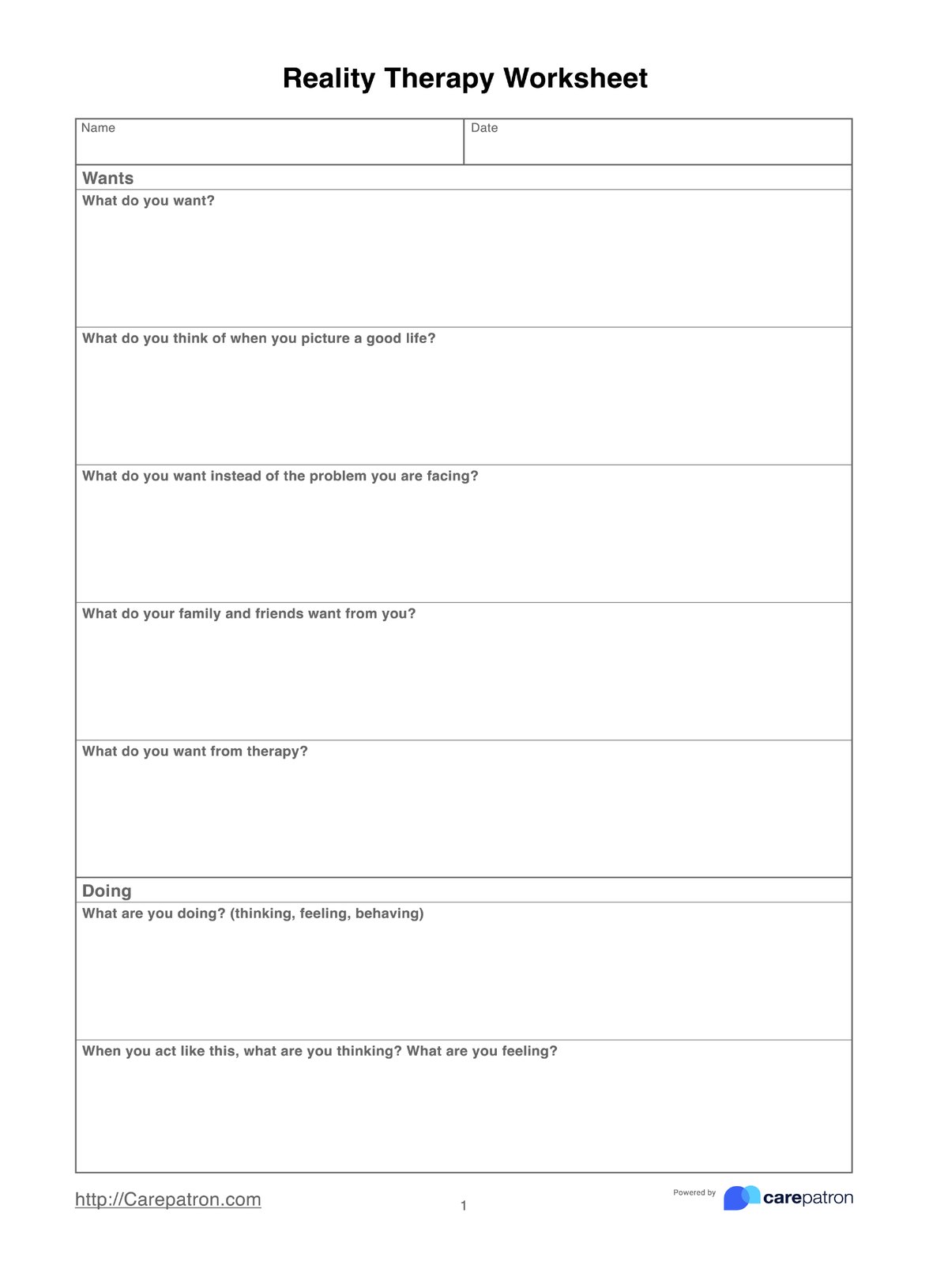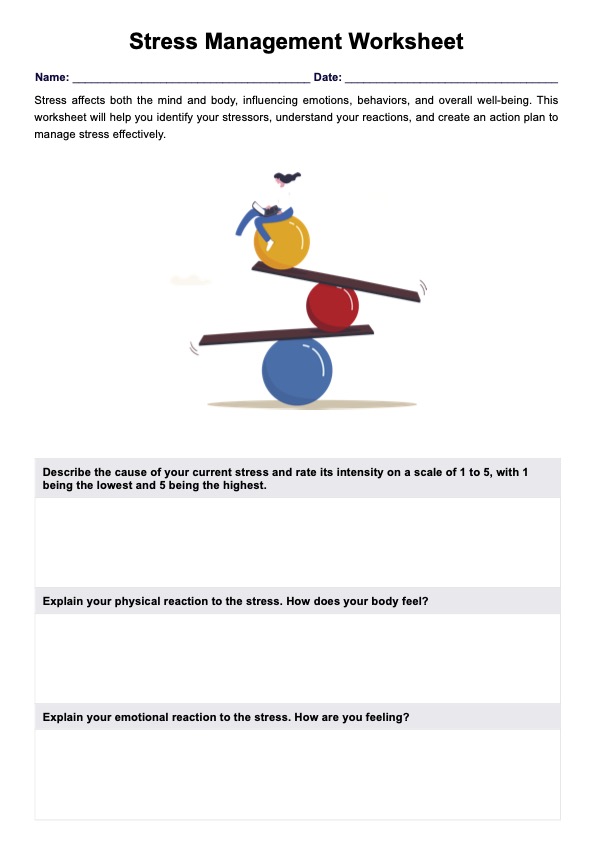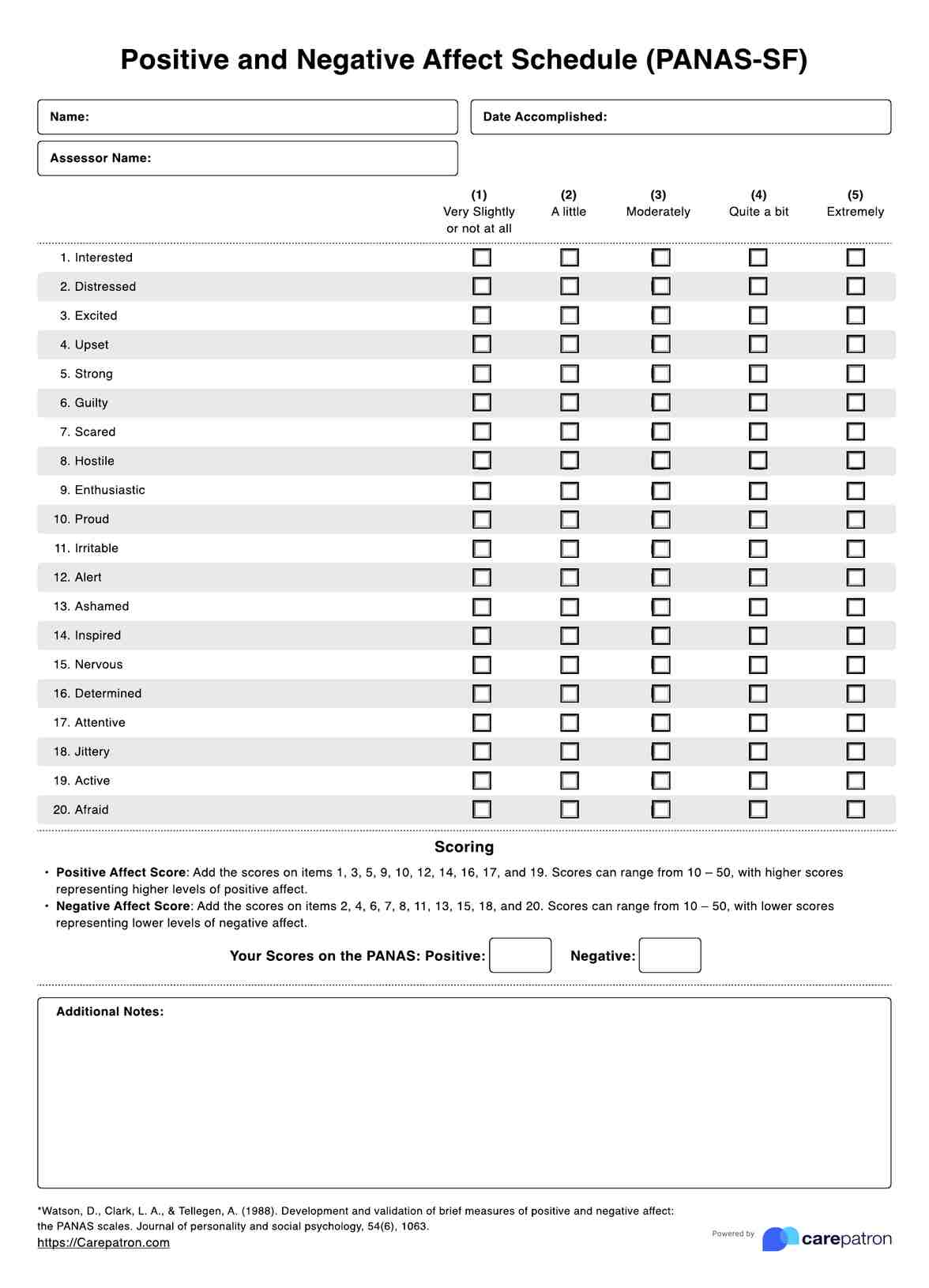Aggression Cycle Anger Worksheet
Looking to break the cycle of anger? Discover the Aggression Cycle Anger Worksheet for effective anger management. Download now!


What is Anger Management?
Anger is a natural and universal human emotion characterized by displeasure, irritation, frustration, and hostility. It can respond to perceived threats, injustices, or situations challenging our comfort or expectations. Anger can manifest mentally and physically, often leading to increased heart rate, muscle tension, and adrenaline release. While anger is not inherently negative, how it is expressed and managed can have significant consequences for individuals and their relationships.
Anger management refers to recognizing, understanding, and effectively controlling anger to prevent harmful or destructive outcomes. It involves learning to respond to anger healthily and constructively rather than reacting impulsively or aggressively. Effective anger management encompasses techniques and strategies like deep breathing exercises, mindfulness, communication skills, and problem-solving. It also emphasizes self-awareness, identifying triggers, and addressing underlying issues contributing to excessive or inappropriate anger.
The goal of anger management is not to suppress anger entirely but to channel it in beneficial and non-harmful ways. It promotes emotional regulation, conflict resolution, and improved relationships. By acquiring these skills, individuals can navigate challenging situations with greater composure, allowing them to express their needs and concerns while minimizing harm to themselves and others. Anger management is essential for enhancing mental well-being and fostering healthier interactions in both personal and professional settings.
Aggression Cycle Anger Worksheet Template
Aggression Cycle Anger Worksheet Example
How to use the Aggression Cycle Anger Worksheet:
Here are the steps involved in using this worksheet effectively:
Step 1: Introduction to the Worksheet
Start by explaining the purpose and importance of the Aggression Cycle Anger Worksheet to your client. It is a tool for self-awareness and positive change in managing anger.
Step 2: Completion of Triggers
Ask your client to list their anger triggers in the designated section. Encourage them to be specific and thorough; this is the foundation for understanding their anger cycle.
Step 3: Physical and Emotional Responses
Instruct your client to describe the physical and emotional responses they experience when they become angry. This step helps them connect their emotions with bodily sensations.
Step 4: Identifying Thoughts and Beliefs
Have your client identify the thoughts and beliefs that accompany their anger. This helps uncover any cognitive patterns contributing to their anger cycle.
Step 5: Listing Behavioral Reactions
Ask your client to detail their typical behavioral reactions to anger. This step allows them to recognize their outward expressions of anger.
Step 6: Consequences and Coping Strategies
Guide your client to consider the consequences of their anger and then brainstorm healthier coping strategies. Encourage them to select one or more strategies to practice.
When Would you use this Aggression Cycle Anger Worksheet?
The Aggression Cycle Anger Worksheet is particularly beneficial when individuals struggle to control their anger effectively. Healthcare professionals, including therapists, counselors, and psychologists, can utilize this worksheet when working with clients who exhibit anger-related issues. It can be used during individual therapy sessions, group therapy, anger management classes, or as a self-help resource.
This worksheet is especially useful when clients experience recurrent anger outbursts, engage in aggressive behaviors, or have difficulty identifying the triggers and consequences of their anger. It can help clients recognize their anger patterns, explore their thoughts and emotions, and develop alternative coping strategies. Furthermore, it can be applied when clients are motivated to change their lives and relationships by gaining better control over their anger.
Educational institutions, correctional facilities, and social service organizations can also incorporate the Aggression Cycle Anger Worksheet into their programs to assist individuals in developing essential anger management skills.
What are the Benefits of Using this Aggression Cycle Anger Worksheet?
Improved Emotional Regulation
Individuals can develop strategies to regulate their emotions more effectively by pinpointing the stages of their anger cycle. Research conducted by Deffenbacher et al. (2003) shows that self-monitoring and recognizing anger's physical and emotional signs are key components of successful anger management.
Healthy Coping Mechanisms
This worksheet promotes the exploration of alternative coping strategies for dealing with anger. It helps individuals replace destructive behaviors with healthier responses, fostering improved interpersonal relationships and reducing the risk of aggression (Potegal & Archer, 2004).
Conflict Resolution Skills
Understanding one's anger cycle and developing better communication skills are vital for resolving conflicts constructively. The worksheet aids in identifying thought patterns and beliefs that can contribute to conflict escalation, helping individuals find more peaceful resolutions (Tafrate et al., 2004).
Reduction in Aggressive Behavior
As individuals become more adept at managing their anger through the Aggression Cycle Anger Worksheet, they often experience reduced aggressive behavior. This is supported by a study conducted by Beck and Fernandez (1998), which showed that anger management interventions can significantly decrease aggressive tendencies.
Commonly asked questions
The time to finish the worksheet varies but can take 30 minutes to an hour or more, depending on the individual's complexity of issues and willingness to engage with it.
The worksheet helps individuals understand their anger triggers, emotions, thoughts, and consequences. It empowers them to develop healthier coping strategies, improve emotional regulation, and break the cycle of aggression.
Use the worksheet when actively seeking to manage anger and improve emotional well-being. Ideal for those struggling with anger issues, therapists, counselors, psychologists, and educators can use it in therapy sessions, support groups, or anger management classes.
The worksheet is suitable for a broad audience, including therapy clients, anger management program participants, students learning about emotional regulation, and anyone looking to improve their anger management skills for personal growth and healthier relationships.


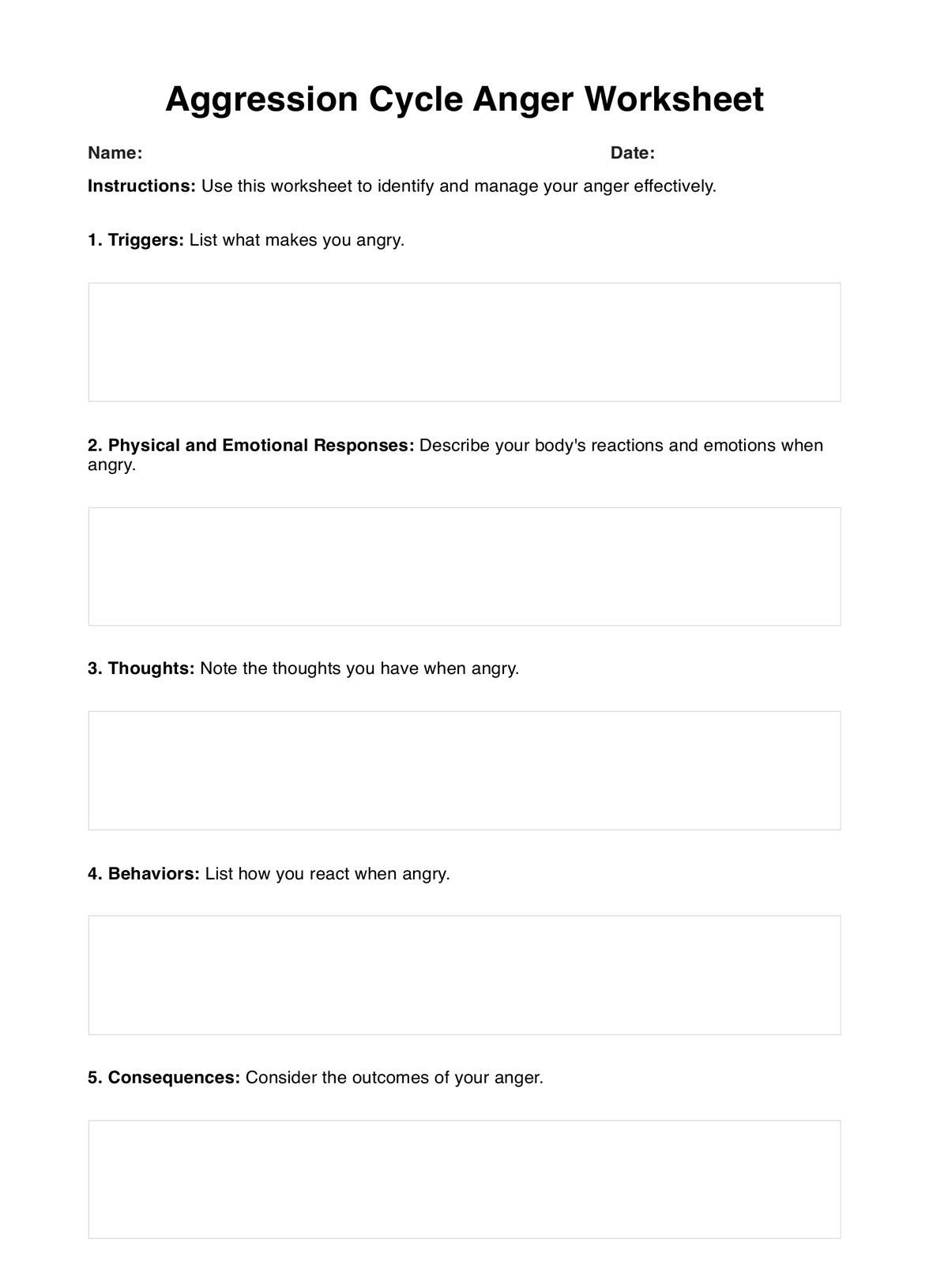
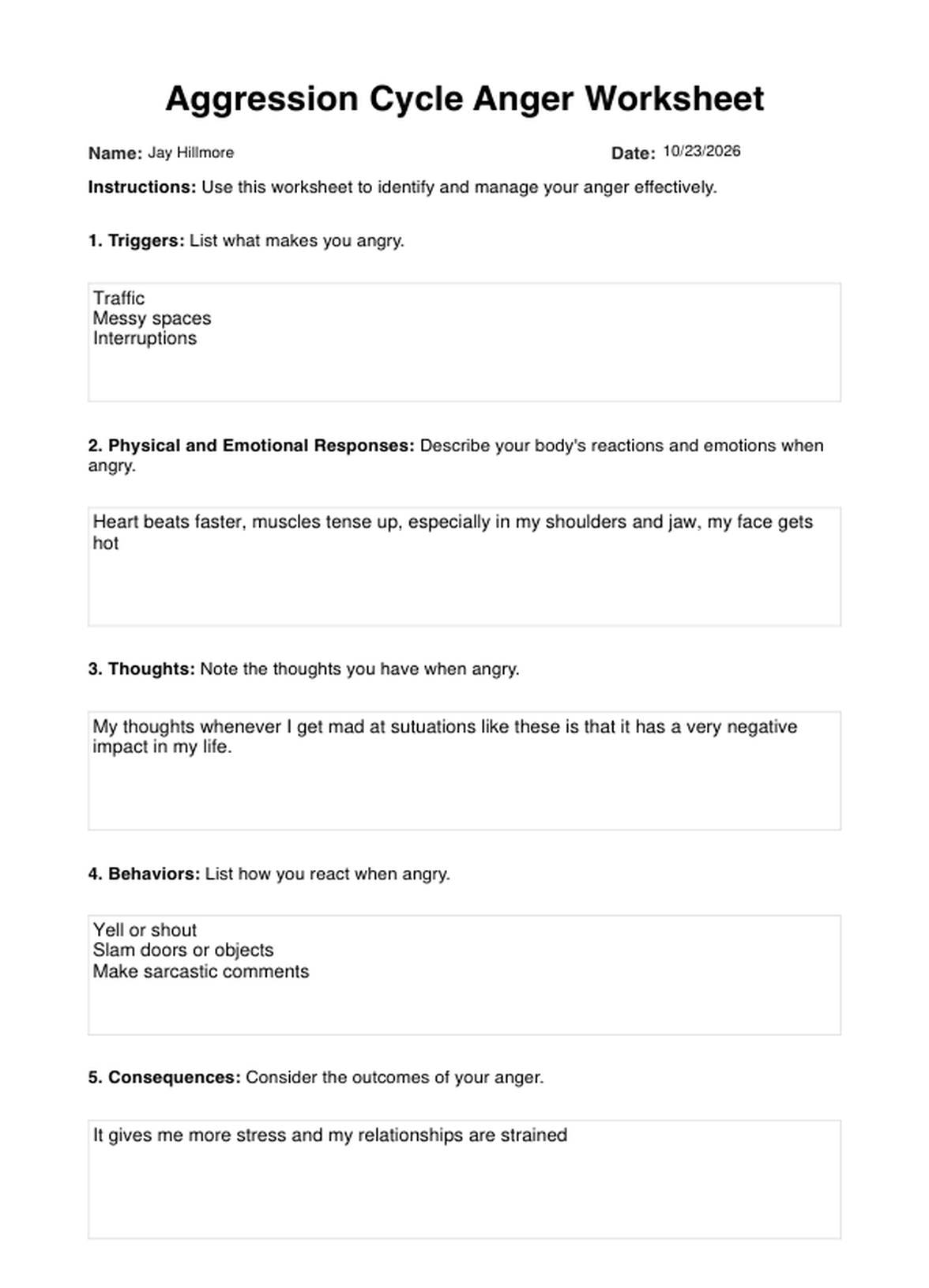















-template.jpg)




























































































